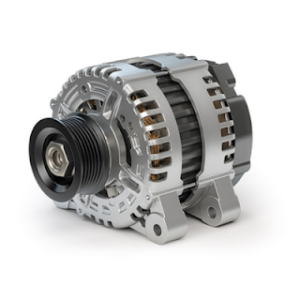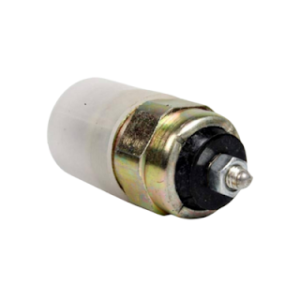In the ever-evolving world of automotive vehicles, a silent revolution is unfolding—the seamless integration of electric components into the fabric of modern cars. Gone are the days when vehicles relied solely on the roar of combustion engines; today, electric motors, batteries, and sophisticated power electronics are quietly propelling us toward a greener, more sustainable future. Join us as we embark on a journey through the electrifying world of cars, where innovation meets efficiency and traditional paradigms make way for a new era of mobility.
Electrical Components Consist of as following:
Alternator:

Serving as the powerhouse of the vehicle’s electrical system, the alternator converts mechanical energy from the engine into electrical energy, replenishing the battery and powering various electrical components while the engine is running.
Battery:

The car batteries are the lifeblood of your vehicle’s electrical system. It’s a rechargeable battery that delivers a jolt of power to crank your engine. Once the engine turns over, the alternator takes over, supplying power and keeping the battery charged. Car batteries are typically lead-acid batteries, and while they don’t require constant maintenance these days, they do have a lifespan. Signs it might be time for a replacement include slow starts, dimming lights, or needing a jump start more frequently.
Starter:

Vital for igniting the engine, the starter motor draws power from the battery to crank the engine and initiate combustion, playing a fundamental role in the vehicle’s operation.
Fuel Pump Switch:

Controlling the flow of fuel from the tank to the engine, the fuel pump switch ensures the proper delivery of fuel for combustion, contributing to the vehicle’s performance and efficiency.
Cooling Fans:

Essential for regulating engine temperature, cooling fans activate to dissipate heat generated during operation. Powered by the electrical system, they maintain optimal engine temperature, preventing overheating and ensuring reliable performance.
Lighting:

From headlights to interior lights, turn signals to brake lights, the lighting system illuminates the road ahead and enhances visibility for both the driver and other road users, improving safety and driving experience.
Motor:
In electric and hybrid vehicles, electric motors serve as the primary propulsion source, converting electrical energy from the battery into mechanical energy to drive the wheels. With their efficiency and instant torque delivery, electric motors redefine the driving experience while reducing emissions.
Integration of Electric Components for Vehicle Performance
Electric components aren’t just about reducing emissions; they’re about enhancing performance in ways previously unimaginable. From improved efficiency to advanced safety features, electric propulsion systems are pushing the boundaries of what’s possible on the road.
Conclusion
In conclusion, the integration of electric components has revolutionized the automotive industry. From the reliable power supply of the alternator to the silent propulsion of electric motors, these components play a pivotal role in shaping the driving experience of today and tomorrow.
As we navigate towards a future defined by sustainability and innovation, it’s essential to acknowledge the contributions of industry leaders like JCBL India Auto Moto. With a reputation for excellence and a commitment to quality, it stands at the forefront of manufacturing the best automotive components, ensuring reliability, performance, and peace of mind for drivers worldwide.


